|
 Previous part (Do It Yourself Dialling - Automatic Switching) Previous part (Do It Yourself Dialling - Automatic Switching)
The Strowger switch on an industrial scale
The Strowger switch on an industrial scale |
 |
 When was it in use? When was it in use?
1912-1995 (UK) |
The previous page showed a simple Strowger switch capable of connecting 1 incoming line to 1 of 10 outgoing lines. Strowger technology however was used in huge exchanges, some serving in excess of 30,000 lines. To do this the basic Strowger switch was arranged in stages.
The basic building block of a Strowger exchange was the two-motion selector. This was a Strowger switch like we described previously but instead of having just 1 arc of 10 outgoing lines it had 10 arcs each with 10 outgoing lines. It was thus able to select between 100 outlets.
The digit dialled by the caller caused the wiper mechanism to move up in steps. Dialling 1 would cause it to step once to the arc on the 1st level, dialling a 10 would cause it to step up 10 times to the 10th level arc. If we only needed to select between 100 lines the second digit could be used to step the wiper around the arc. In the video to the right a 6 is dialled followed by a 5. The wiper steps up to the sixth level then around five outlets to connect to line 65.
Of course most exchanges have more than 100 lines so how does the system allow for this?
The type of selector just demonstrated is called a Final Selector because it accepts the last two digits of the phone number and selects the wanted line from the final group of 100. Before getting to this stage however, the call is routed through other selectors which narrow the selection down until there are just 100 possible choices left. These selectors are called Group Selectors because they select a group of 100 lines.
A small Strowger exchange for up to 1000 lines would have 3 digit phone numbers, with 1 Group Selector stage (the first digit) and 10 groups of final selectors (processing the last 2 digits). Each stage of Group Selectors added gives us capacity for another 1000 lines.
|
